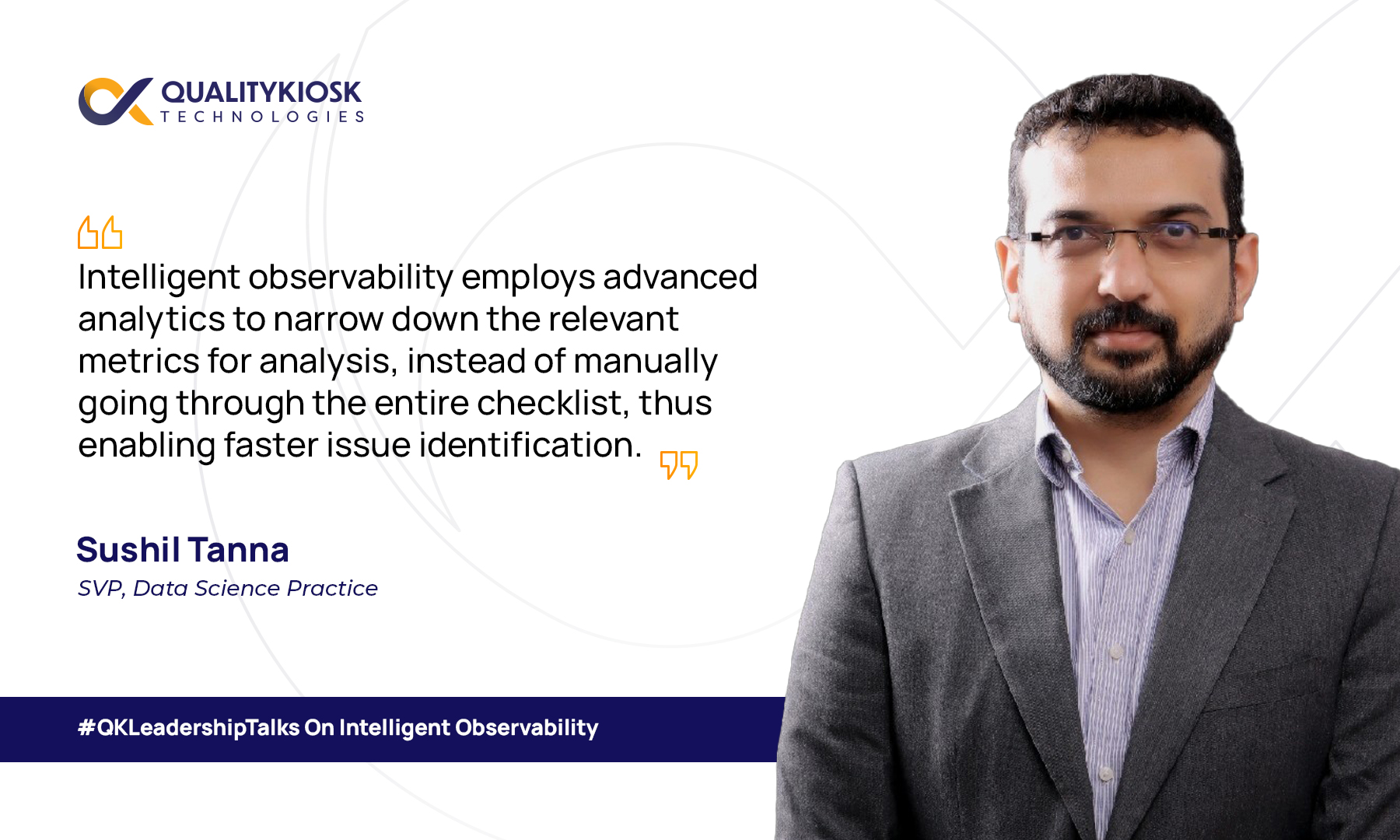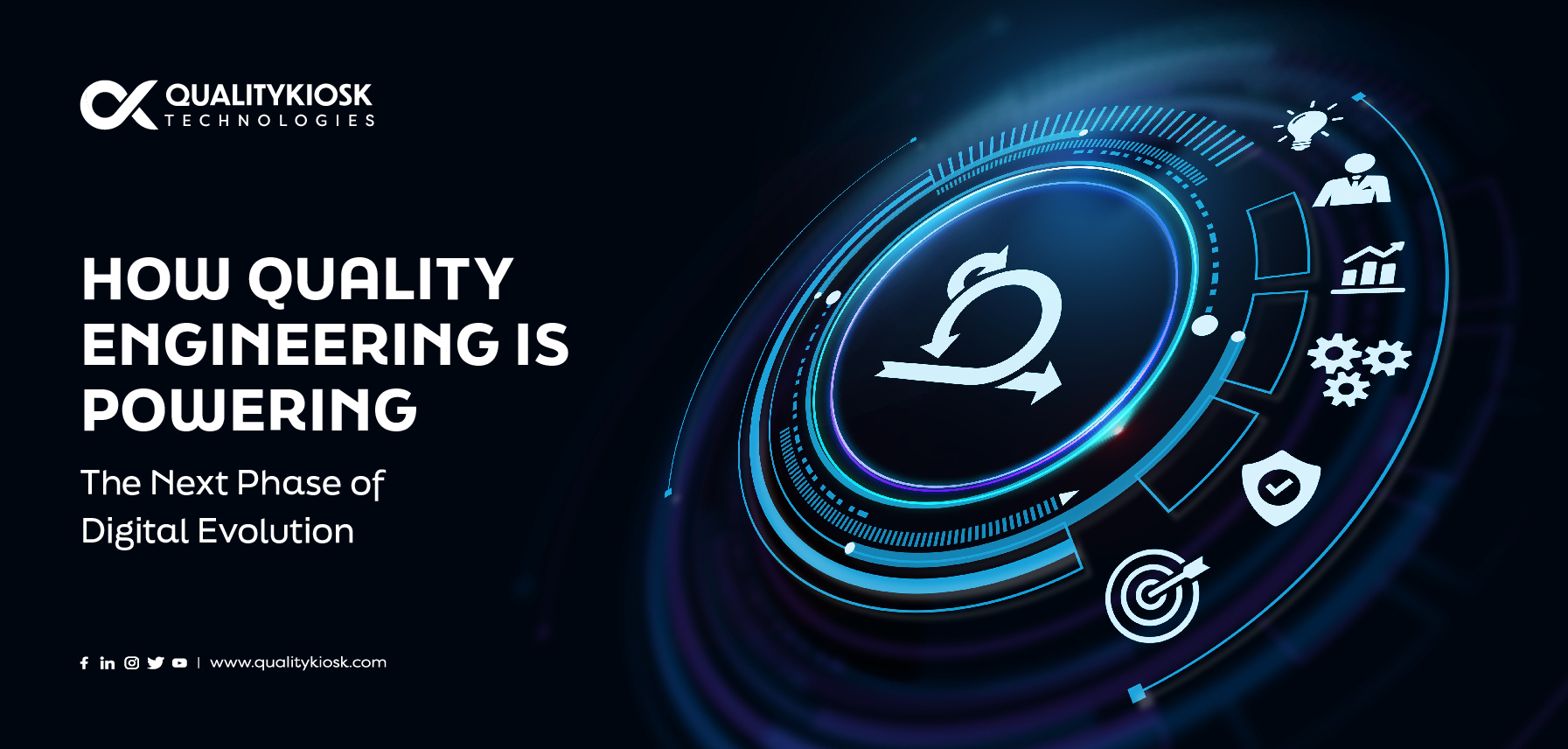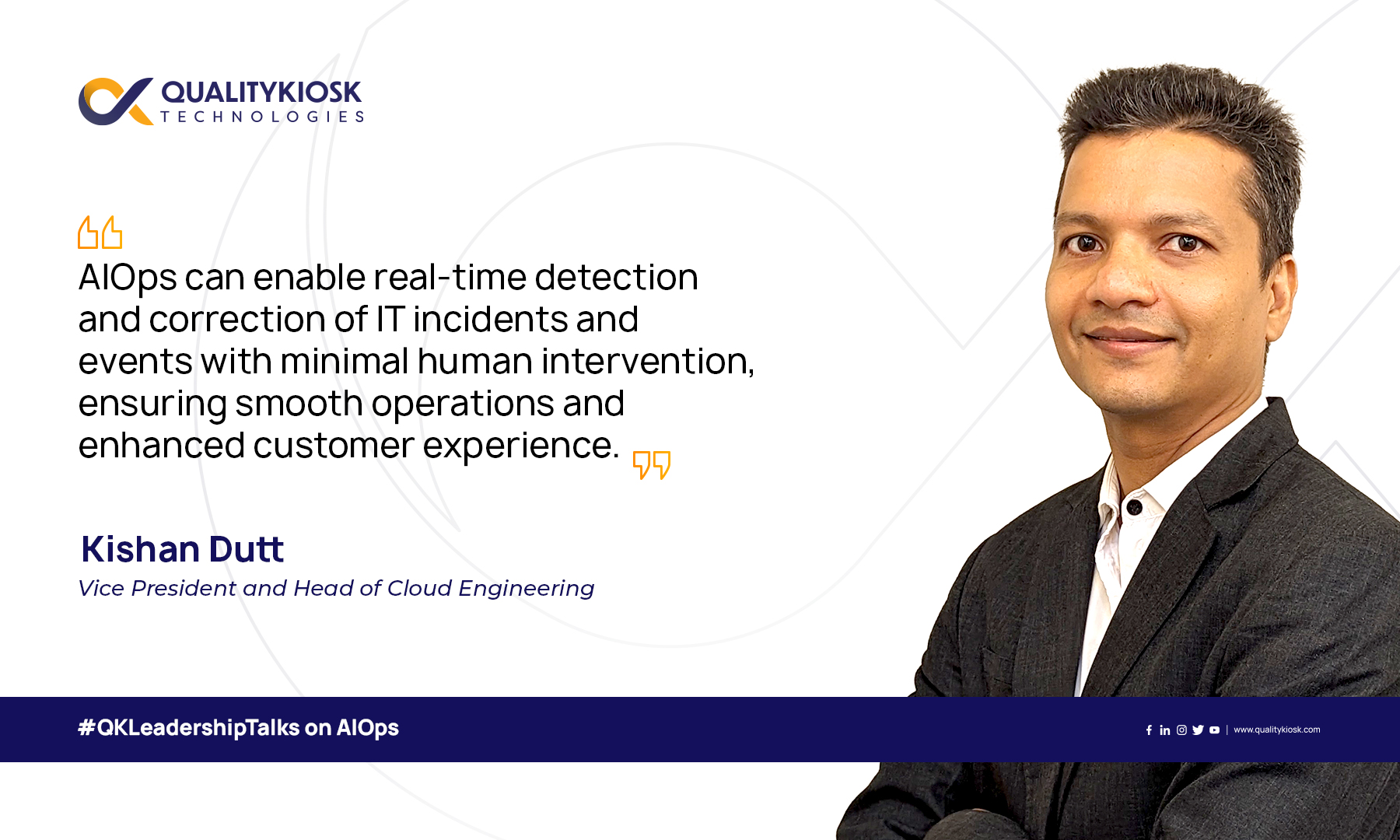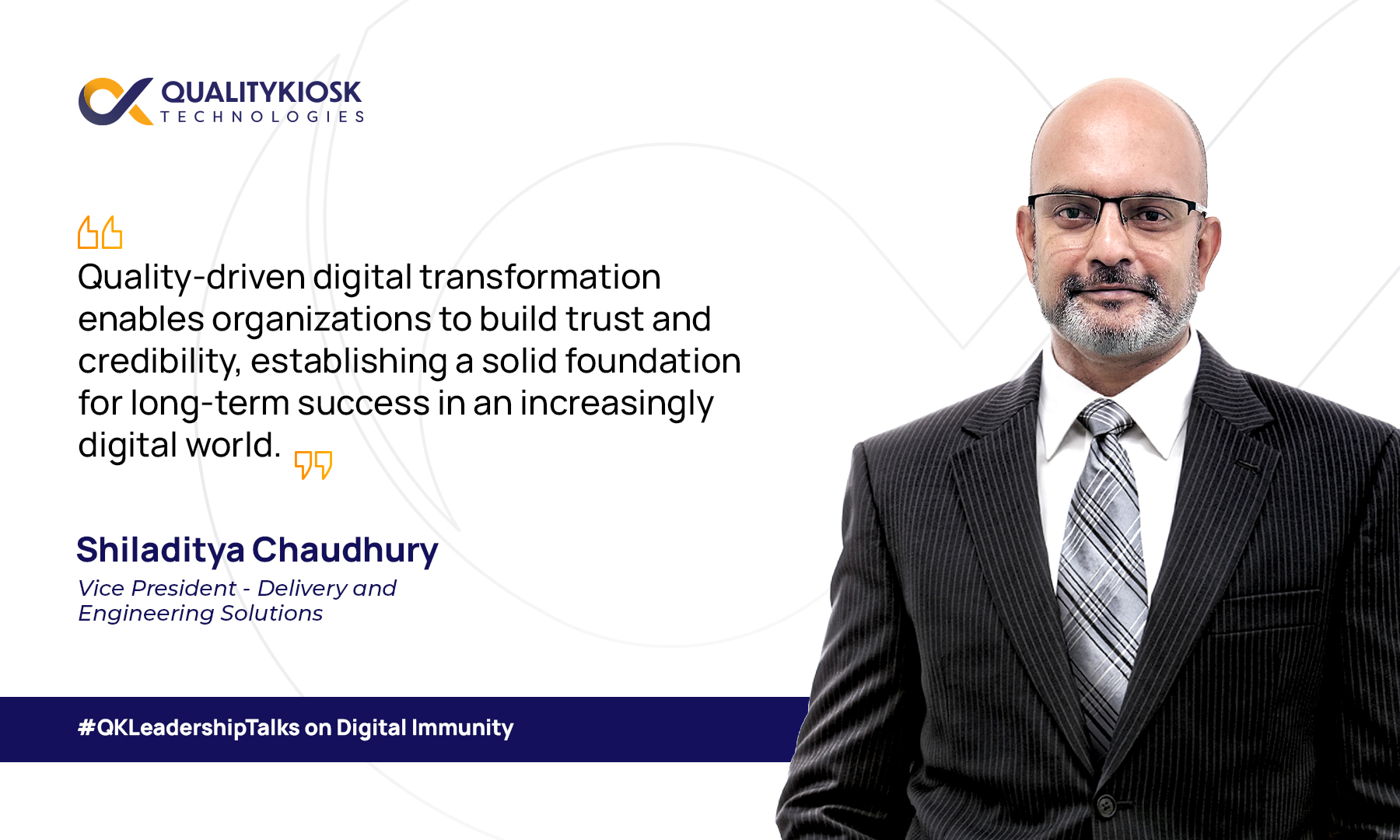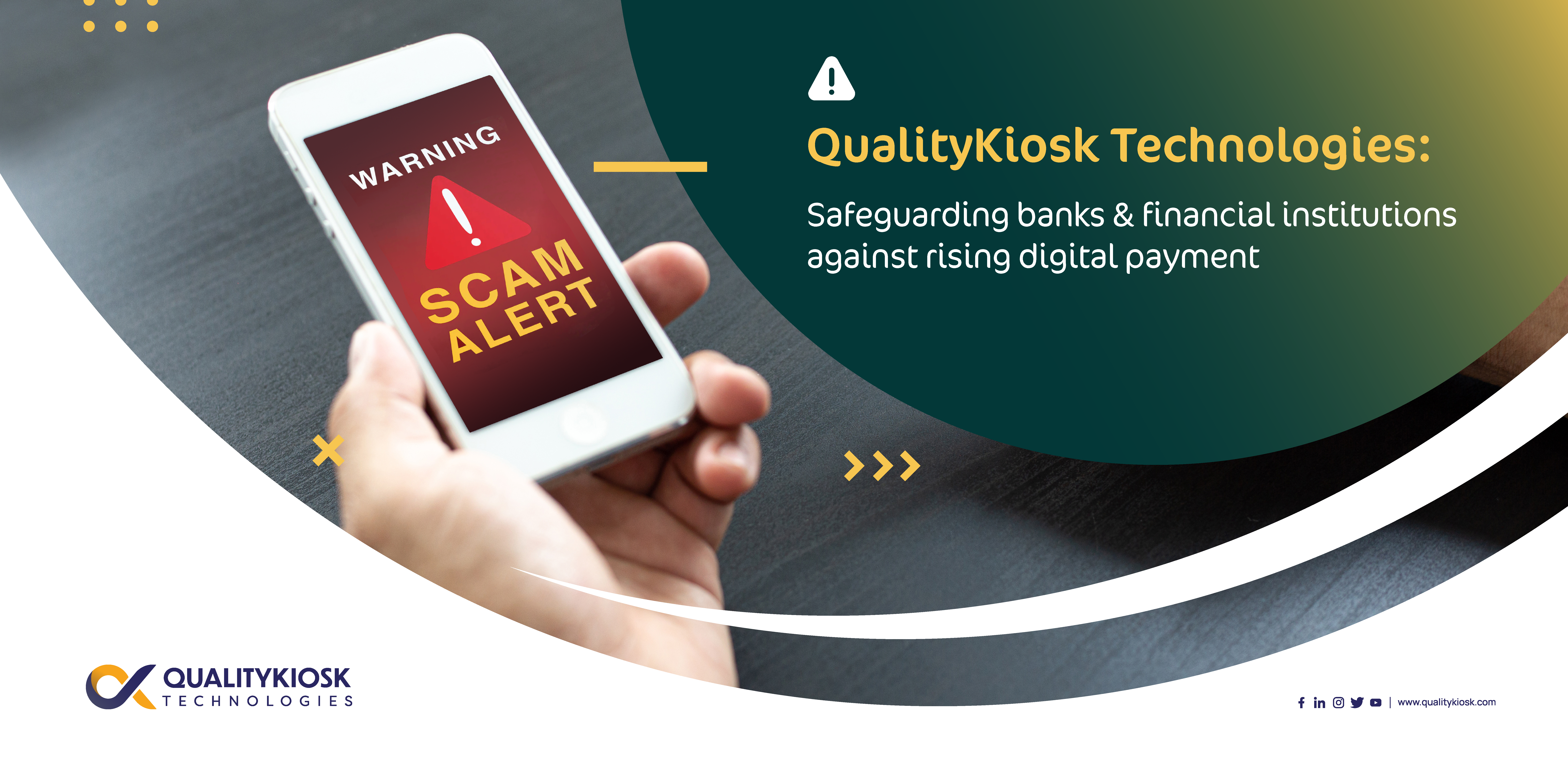Wondering if Low-code/No-code testing is the right fit for your organization? Carefully analyze the advantages and disadvantages of implementing no-code testing in your organization.
In today’s ever-evolving digital landscape, organizations face the challenge of meeting heightened customer expectations while adapting to the intricacies of modern digital ecosystems. As monolithic applications give way to agile microservices architectures, the need for faster time-to-market introduces a paradoxical demand for comprehensive synthetic testing. Microservices, the building blocks of this evolution, operate like interconnected gears, but their intricate interactions can lead to unforeseen disruptions.
Seamless operation of critical systems is paramount in the intricate and dynamic banking ecosystem. However, post-incident resolution continues to puzzle many IT professionals.
Quality assurance (QA) has been the driving force in controlling errors, functional assessment, and usability of software solutions. It has been an immutable part of the development process, irrespective of the size or complexity of the software product.
Coined by Gartner, Artificial intelligence for IT operations (AIOps) refers to multi-layered technological systems that automate and improve IT operations through advanced analytics and machine learning (ML). AIOps uses Cognitive Operations, Algorithmic IT Operations, and IT Operations Analytics (ITOA) to proactively detect anomalies, identify patterns and deviations in real-time for root cause analysis, and provide valuable predictive insights to respond intelligently.
Digital payment frauds in the banking sector have experienced a notable increase in FY23, as per the Reserve Bank of India’s (RBI) FY23 annual report. The data shows nearly double the count of reported digital frauds, reaching 6,659 cases amounting to Rs. 276 crores, compared to 3,596 frauds amounting to Rs. 155 crores in FY22. While the overall value of reported frauds by Indian banks has decreased, using cards and internet-based payment methods in digital scams has significantly risen.
Digital payment frauds in the banking sector have experienced a notable increase in FY23, as per the Reserve Bank of India’s (RBI) FY23 annual report. The data shows nearly double the count of reported digital frauds, reaching 6,659 cases amounting to Rs. 276 crores, compared to 3,596 frauds amounting to Rs. 155 crores in FY22. While the overall value of reported frauds by Indian banks has decreased, using cards and internet-based payment methods in digital scams has significantly risen.
Making a purchase today is simple and hassle-free. You open your eCommerce app, browse for the product you want, add it to the cart, select the delivery address, pay through any of the different options convenient to you, and authorize the transaction – all from one single mobile application. Although this level of streamlined customer […]
In this era of information and digitalization, business objectives and markets are centered around customers. The digital economy has empowered customers with a bottomless pit of information to pick a product that gives them an amazing experience. This shift has inadvertently made quality one of the business tenets. From being considered an afterthought, quality assurance today is an indispensable trait to succeed in this post-consumerization world.
Decoding Potential of Automation: What are the benefits of Intelligent Automation?


